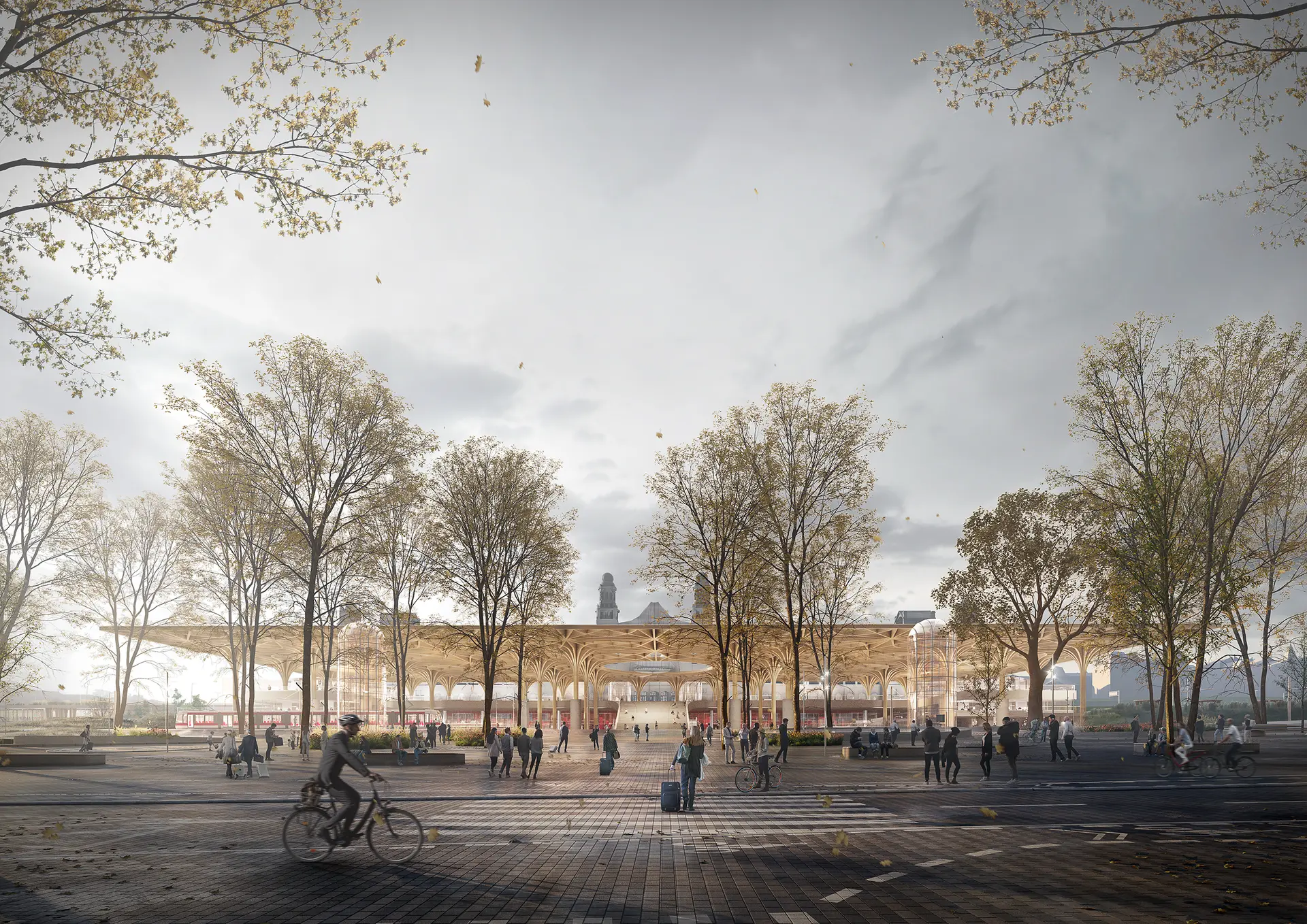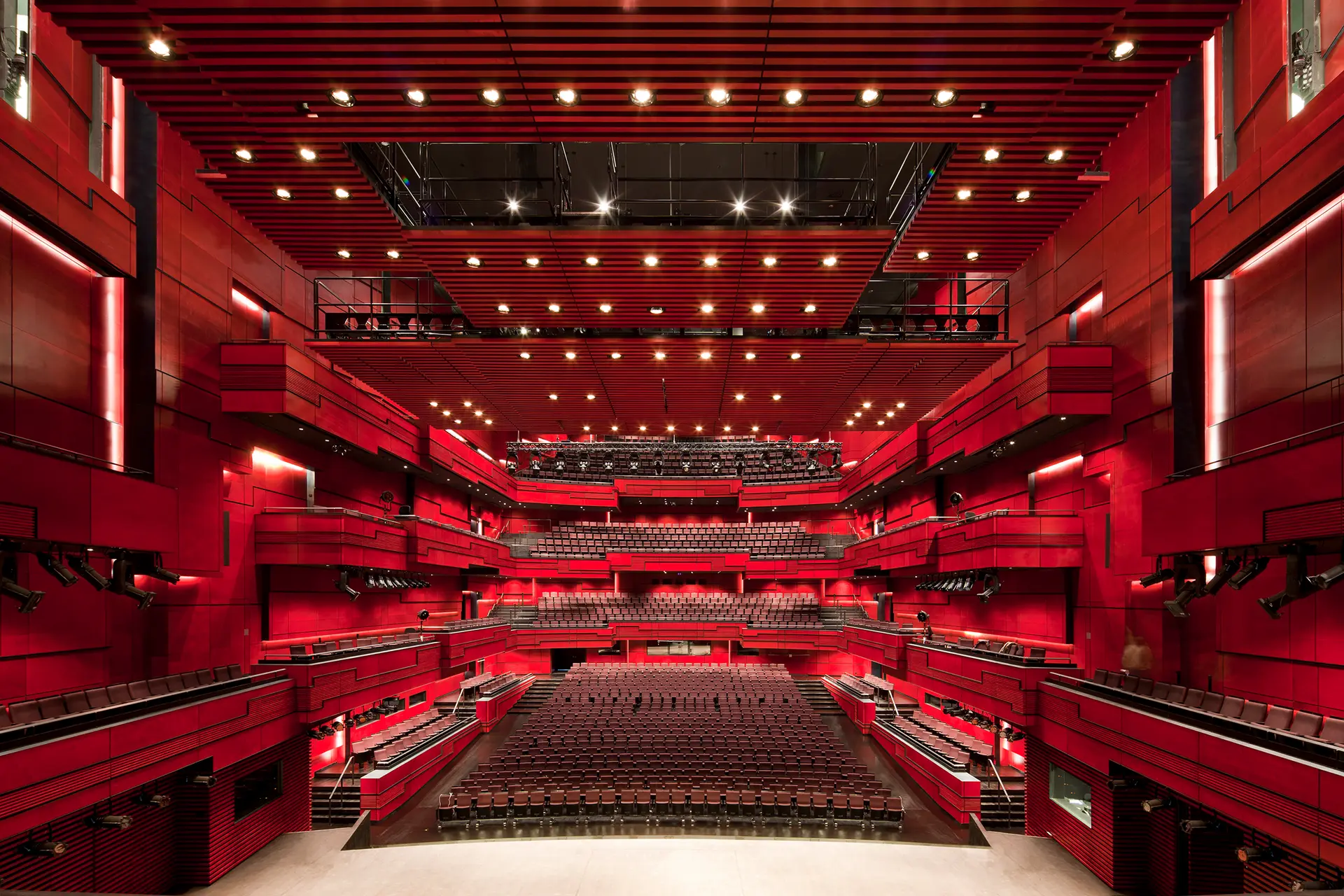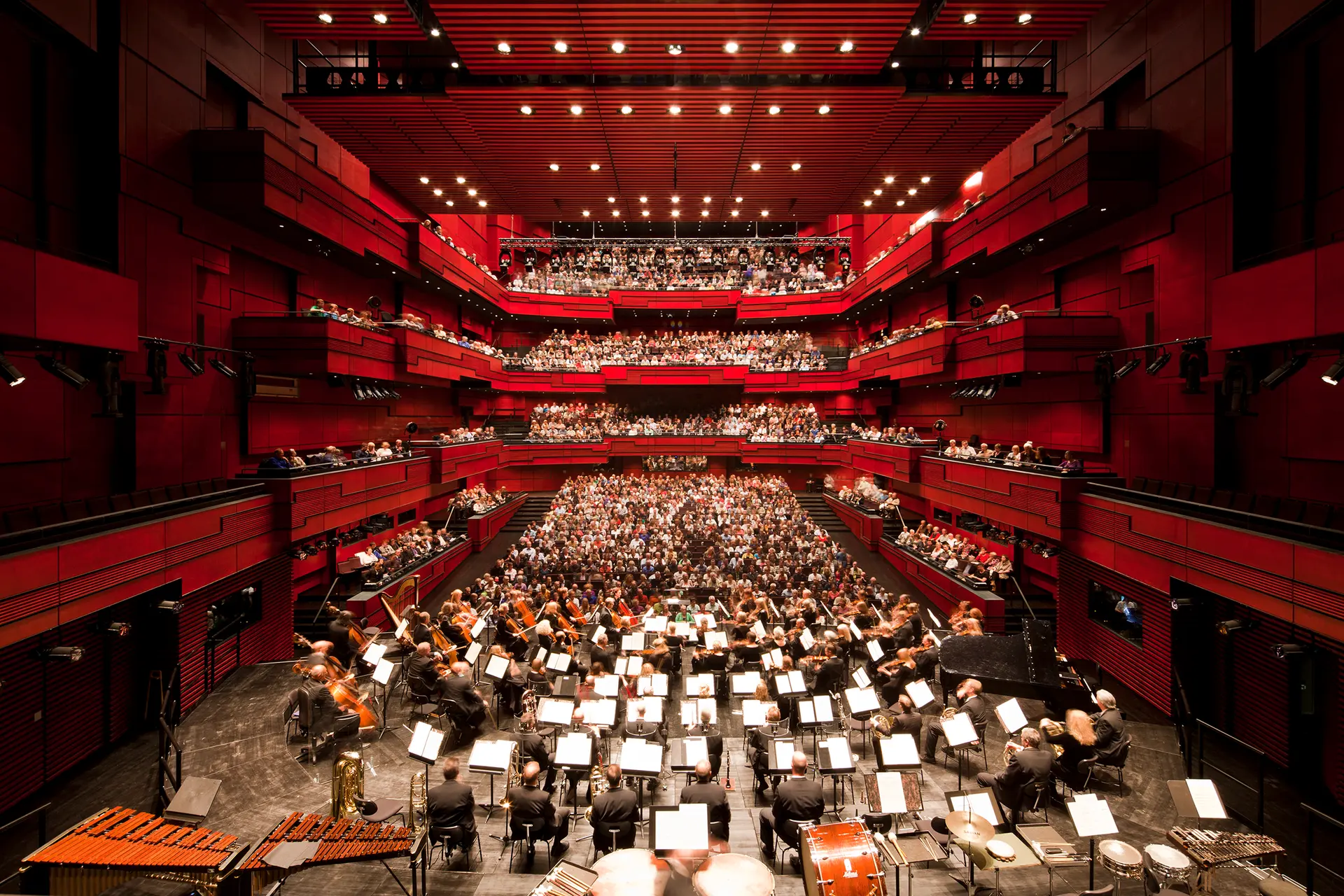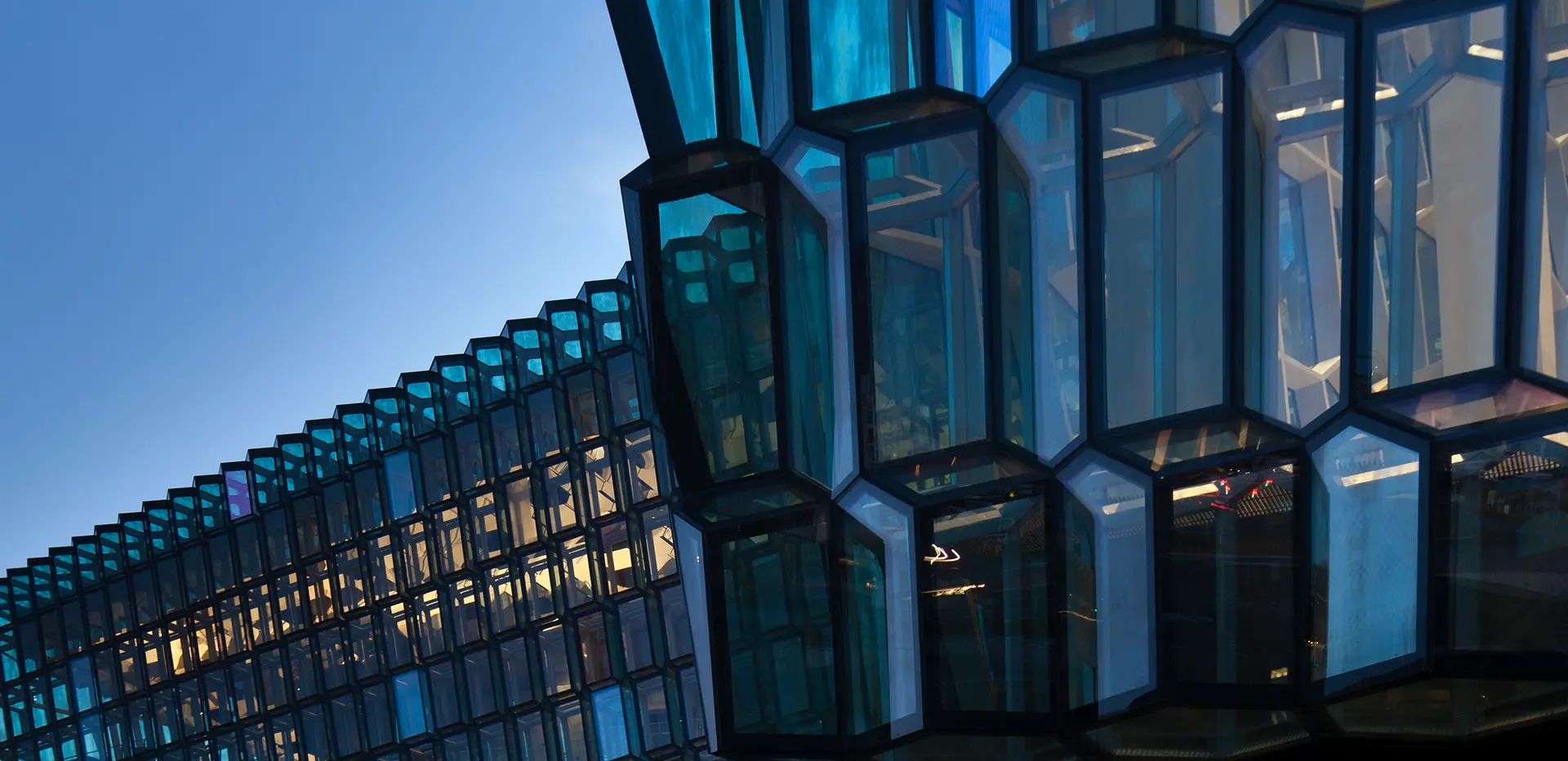
Harpa
A thriving ode to place in which arts, culture, and community intertwine. Drawing inspiration from weathered basalt columns found along the Icelandic coast, Harpa Concert Hall and Conference Center, winner of the 2013 Mies van der Rohe Award, welcomes a wide variety of events; from music school concerts and picnic lunches to international gala performances and banquets.
The winning name out of 4,156 proposals entered by over 1,200 citizens, Harpa is derived from the Icelandic word 'harp' which signifies the beginning of Spring in the old Nordic calendar. The name offers a nod to the music the building is home to while also embodying a sign of brighter times.
A fitting name for a project interrupted by the 2008 financial crisis, and its severe impact on Iceland’s economy.
“Harpa was half-built in 2008 when the whole financial sector crashed,” stated Harpa’s former director, Halldór Gudmundsson. “We had two opportunities: we could give up and have a half-built ruin and an eternal reminder of the Icelandic crisis standing right in the center of the old town – or it could be finished and opened and be a symbol of resurrection and the comeback of Iceland. And that is what it became.”
Harpa’s story of uncertainty and phoenix-like revival parallels that of Iceland itself, giving the building a new layer of meaning for the people of Reykjavík.
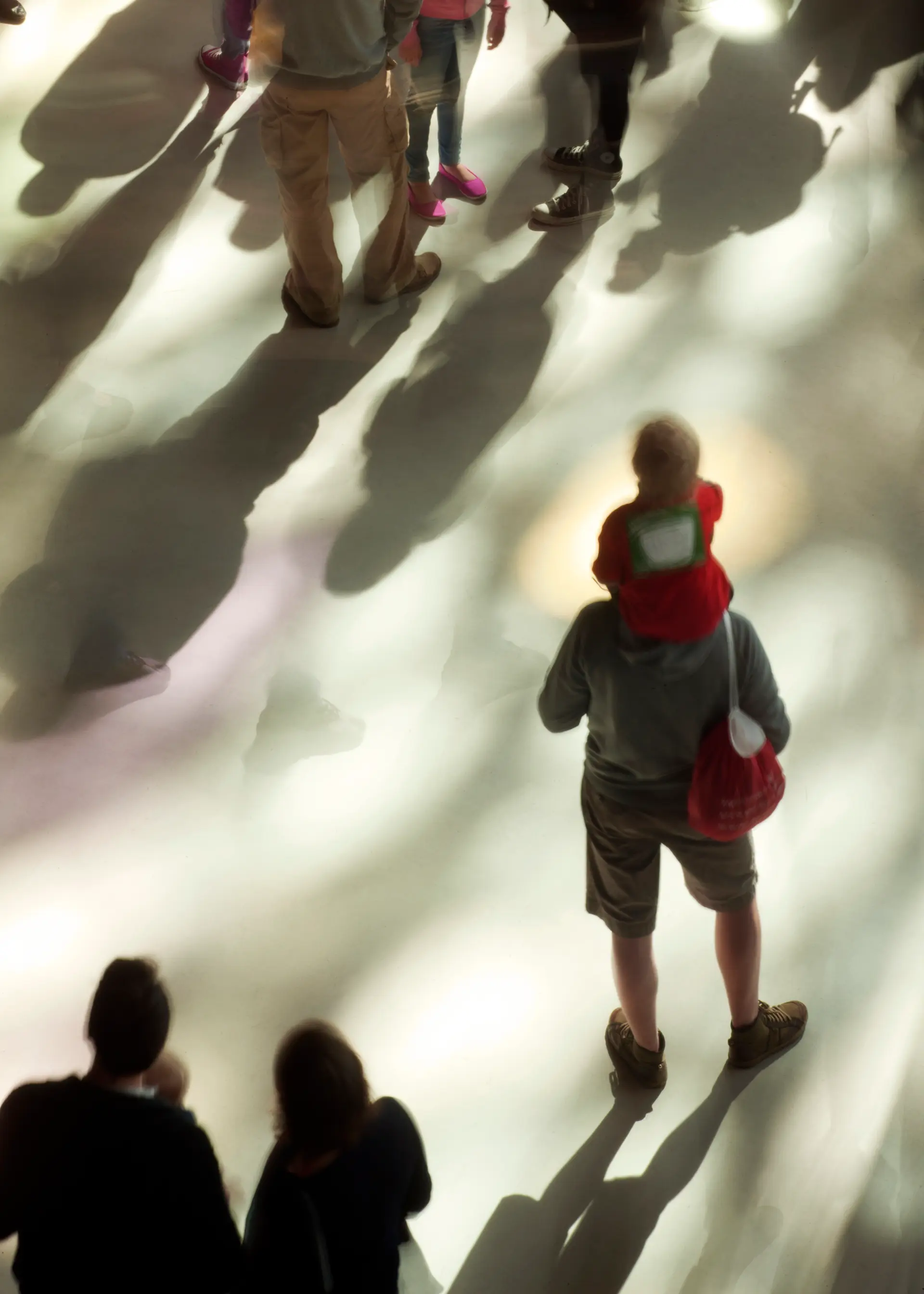

“Harpa has captured the myth of a nation – Iceland – that has consciously acted in favor of a hybrid-cultural building during the middle of the ongoing Great Recession.”
Wiel Arets
Jury Chair, EU Mies van der Rohe Award, 2013

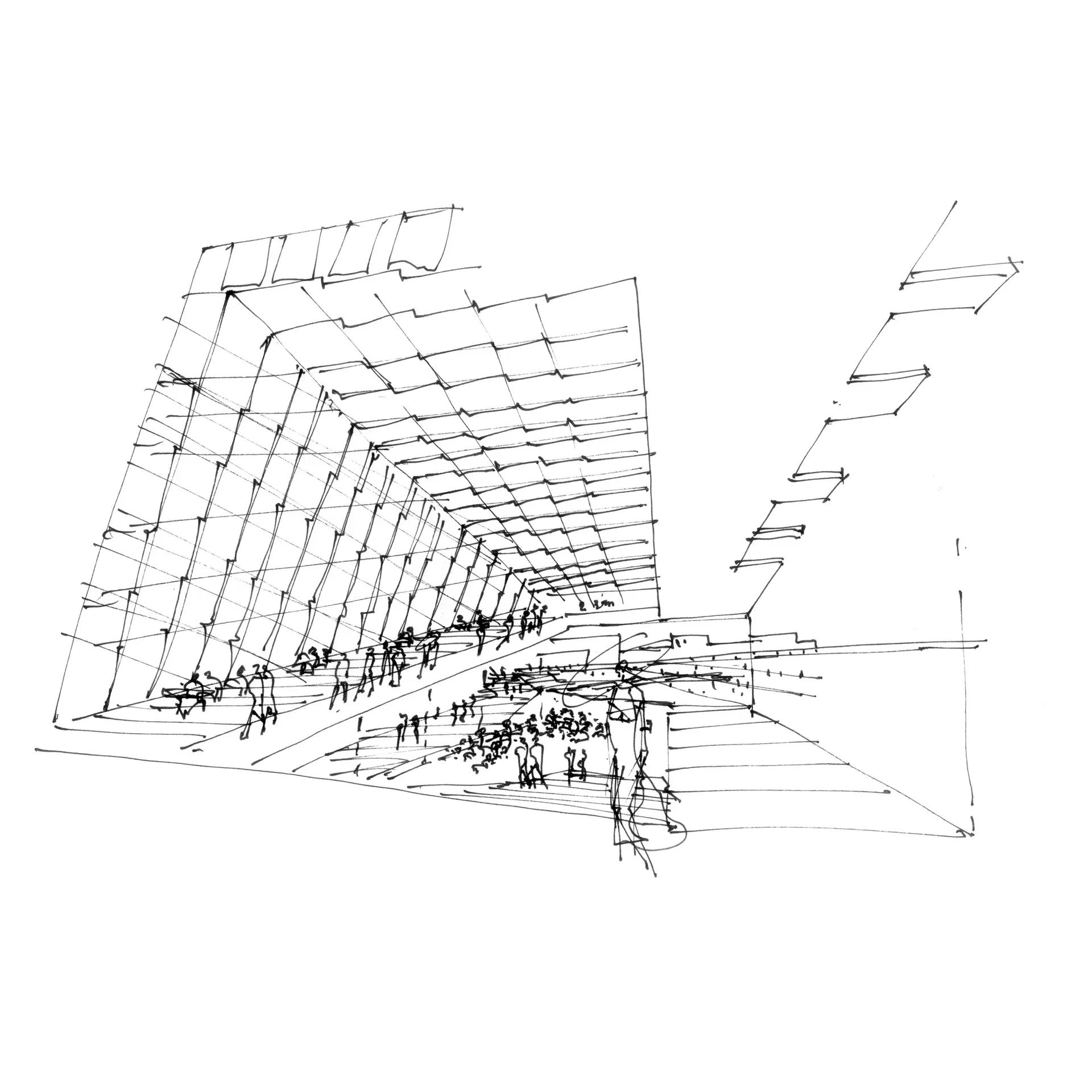
A shared home for the public
Today, Harpa is Iceland’s most visited public attraction and a renowned destination, attracting more than 10 million visitors since its opening in 2011.
Between a rock-solid core and a crystalline shell, everyday public life unfolds in the expansive foyer – a space where children play, yoga enthusiasts find solace, concertgoers immerse themselves in melodies, and international delegates gather.
Having won the Mies van der Rohe Award in 2013, Chair of Jury at the time, Wiel Arets remarked:
"Harpa has captured the myth of a nation – Iceland – that has consciously acted in favor of a hybrid-cultural building during the middle of the ongoing Great Recession.”


Echoing the Icelandic landscape
Designed in collaboration with Danish-Icelandic artist Olafur Eliasson, the building’s iconic façade draws inspiration from the interlocking hexagonal basalt formations found along Iceland’s stormy coasts. The faceted façade abstracts and mimics these unique formations, in a fabric of ‘quasi-bricks’ that bring a bit of Iceland’s famed landscape to Reykjavik’s harbor front.
Piercing through, ever-changing Nordic daylight dances and transforms the foyer, creating an interplay of light and space. At night, LED lights embedded in each quasi-brick come to life, illuminating the façade in a spectrum of colors and patterns.
Depending on the weather and time of day, shadows, reflections, and transparency variations created by the forms foreground the experiential influence of natural light on how the spaces are perceived.
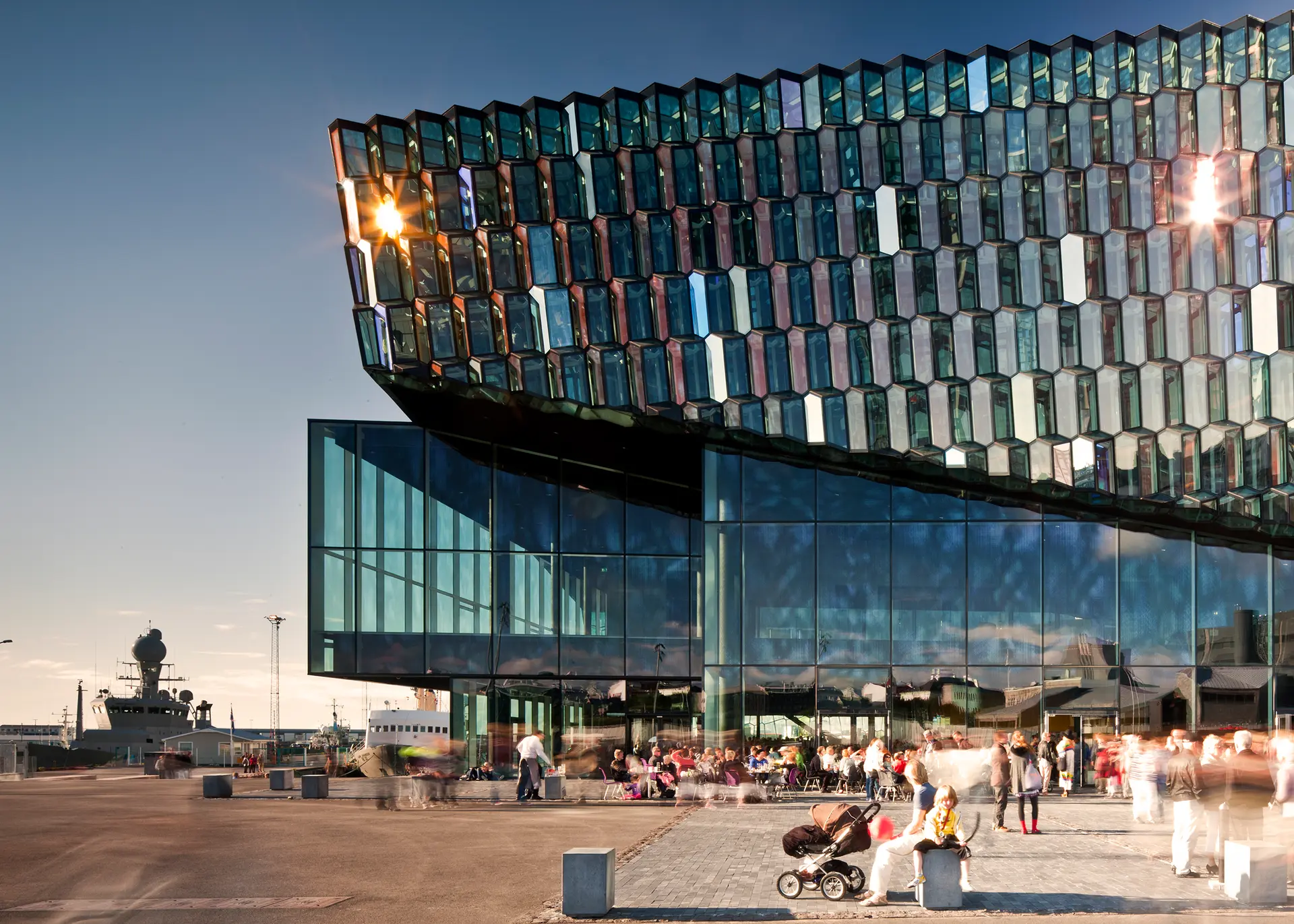
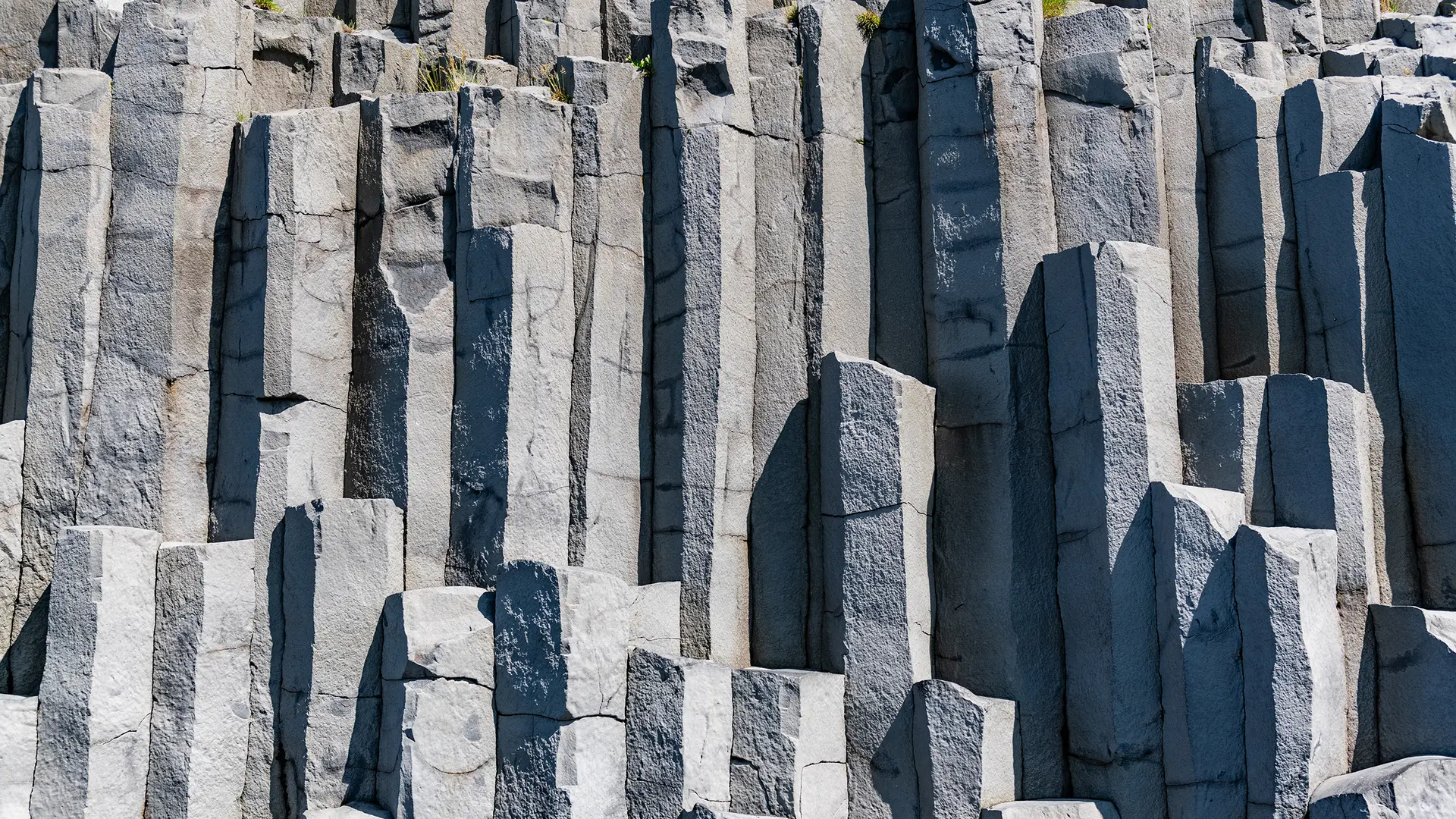
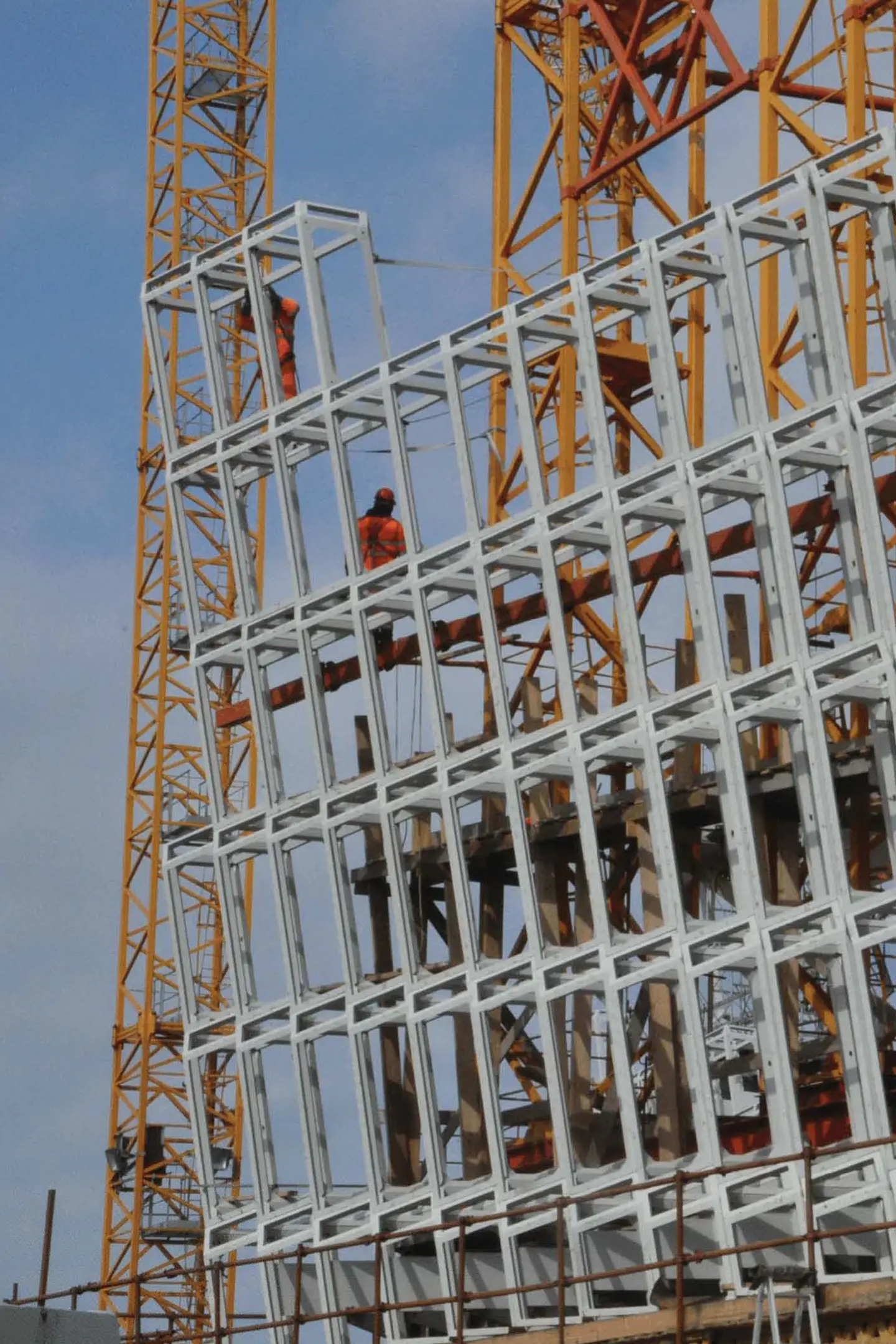
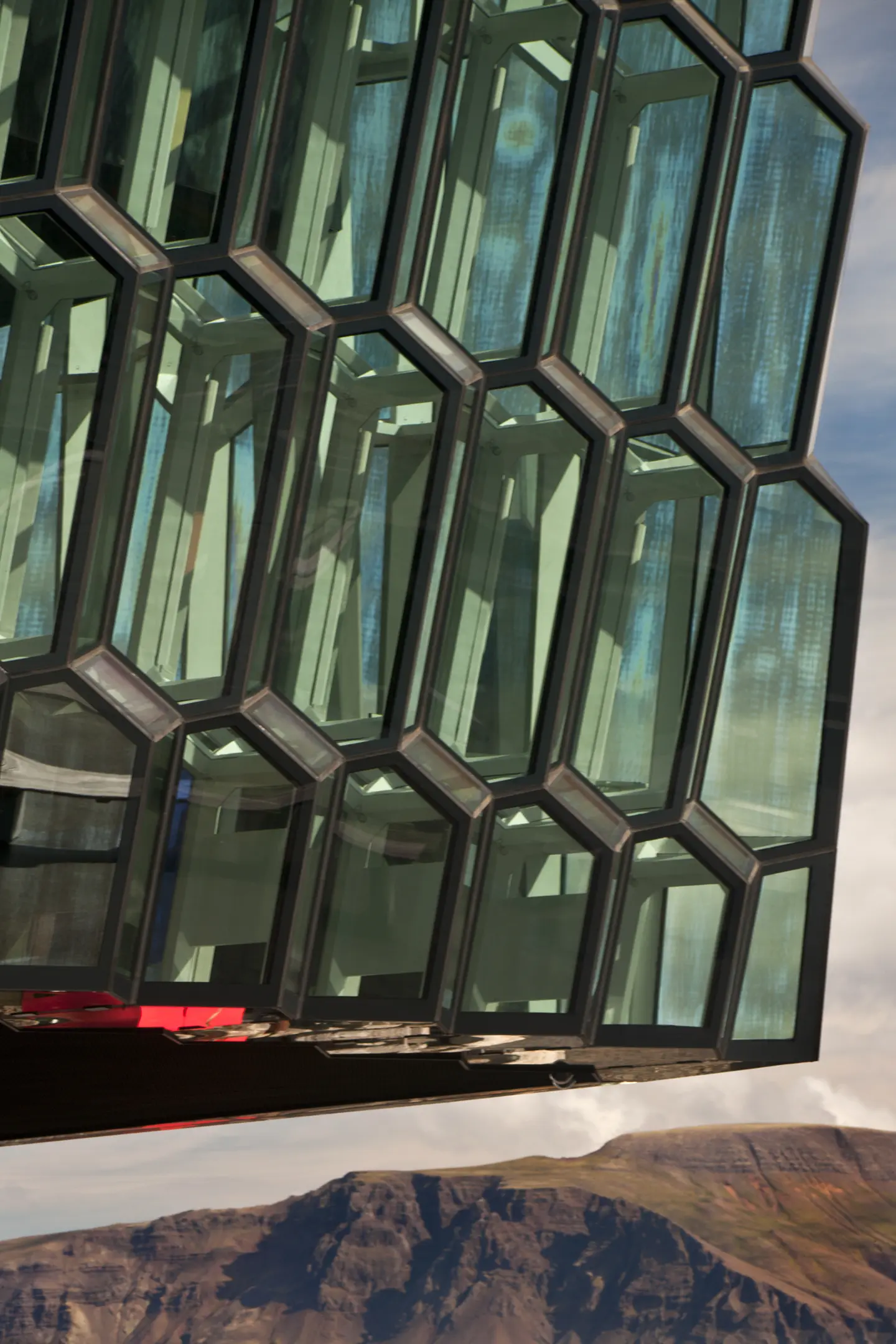
A world-class venue for music and conferences
The diverse music program at Harpa placed great demands on the acoustics and flexibility of the four auditoriums.
Eldborg, the largest seating up to 1,800 guests, bears the name of Iceland's renowned volcanic crater, aptly translating to "Fire Mountain." Built with concrete walls clad in red-varnished birch veneer and adjustable sound chambers, Eldborg’s expression is a striking contrast to the atmosphere found in the foyer.
Situated between Europe and North America, Iceland is an attractive conference location for international corporations and organizations. The conference hall can be divided into two smaller halls. For large events, it can be combined with the rehearsal hall and banquet area in the foyer. The flat floor space, movable stands, and flexible installation grid of the ceiling allow further adaptability. During breaks, meeting delegates can enjoy the views and daylight from the foyer.
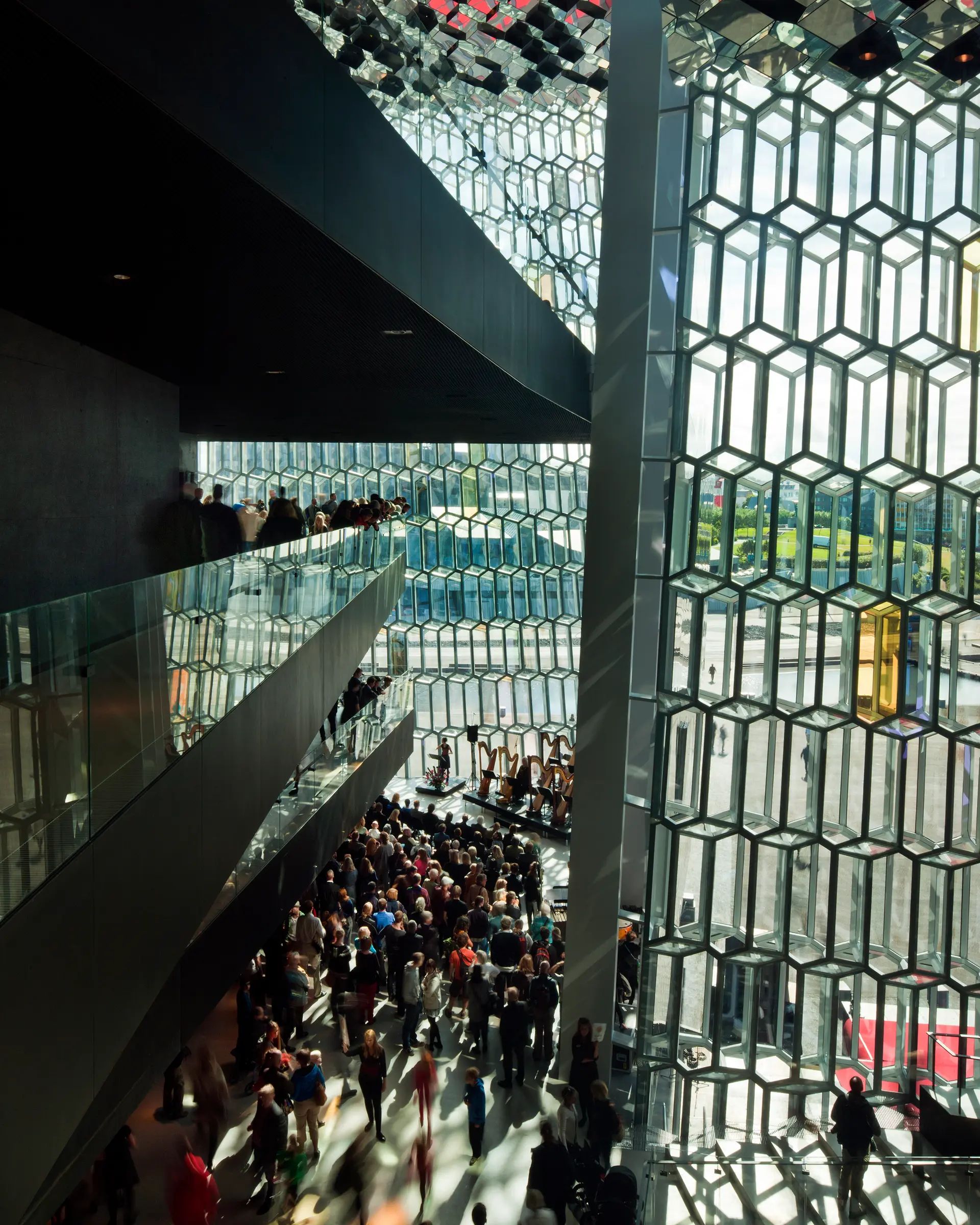
01/04


Contact
All contacts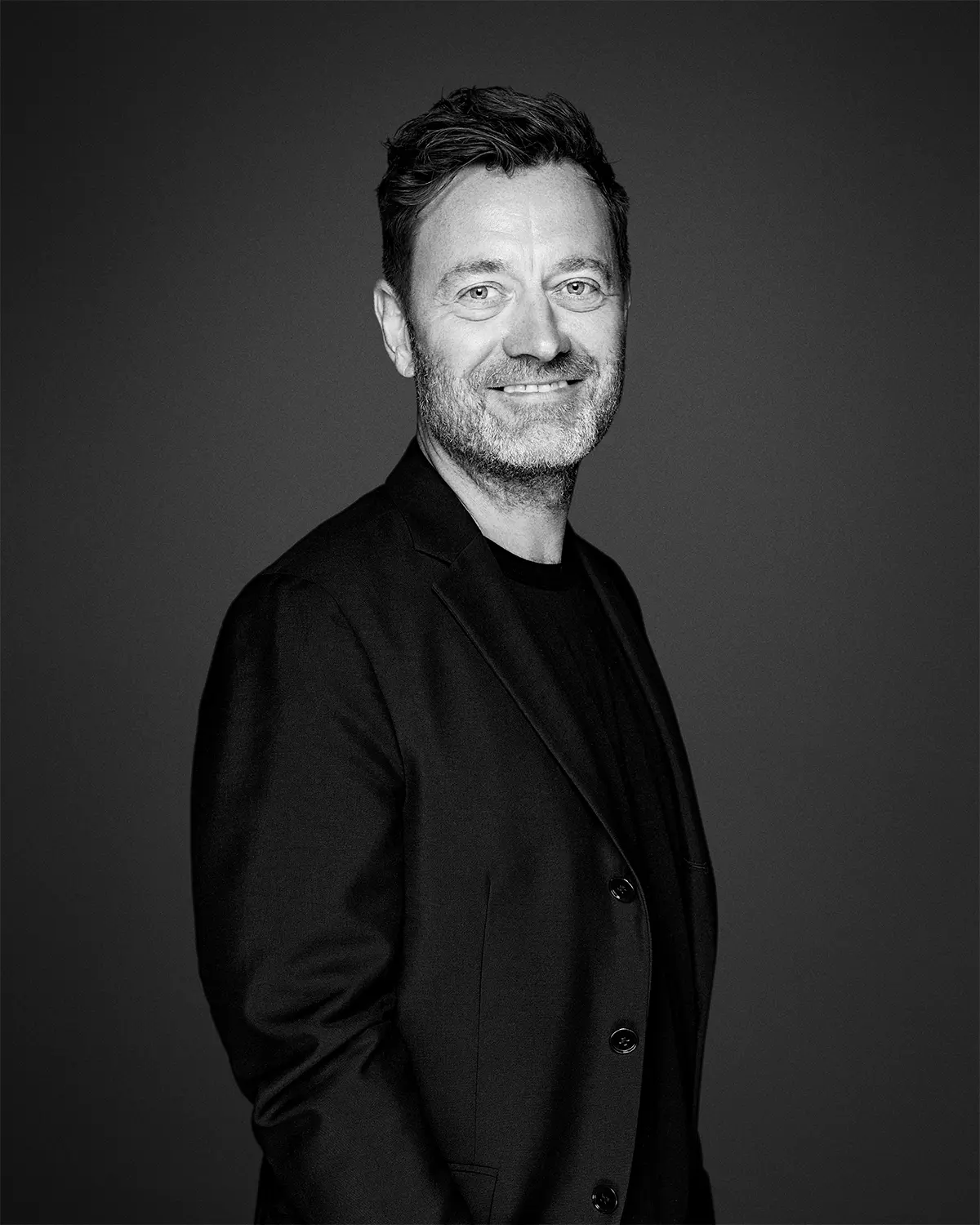
Jacob Kurek
Global Market Director, Partner

Design Director, Partner
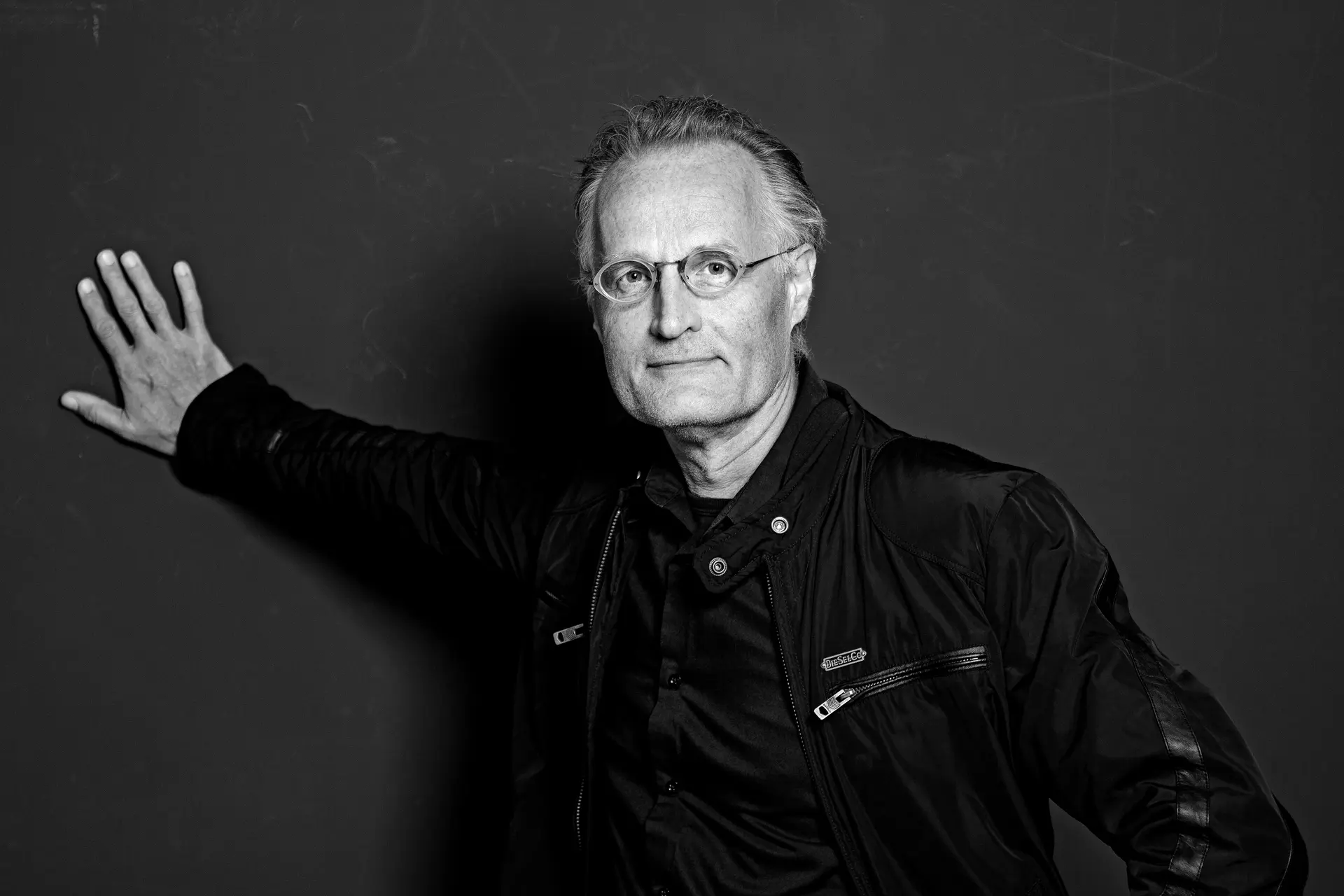
Design Director Scandinavia, Partner
Nový Hlavák - Prague Central Station
Explore project